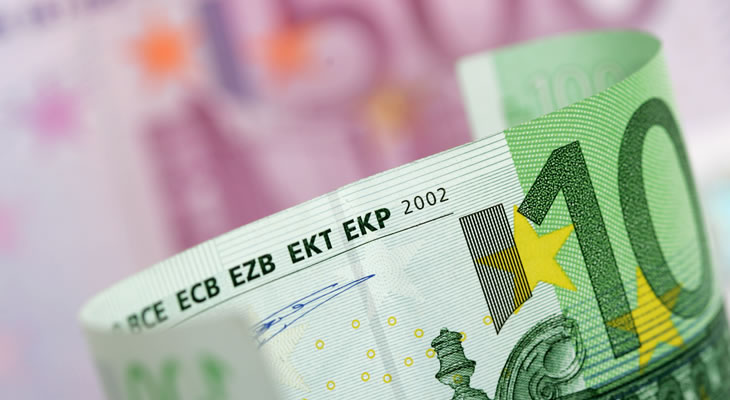The Euro Pound exchange rate remains well above its early-2016 levels of around 0.75 due to the massive Pound plummet that followed the Brexit vote in June. However, November has seen Sterling make a considerable recovery, pushing EUR GBP down from multi-year highs of 0.90 to 0.85 within a matter of weeks.
Euro (EUR) Weighed Down by Multiple Mid to Long-Term Factors
Demand for the Euro has been typically bearish over the last few weeks and this is largely related to the US Presidential election win of Donald Trump instilling multiple long-term downside factors into Euro trade – including a bullish US Dollar.
The popularity of Trump’s protectionist rhetoric has sent shockwaves of concern through analysts, who now fear worsening US-EU relations as well as the possibility that protectionism will also become more popular in the Eurozone.
Protectionism has been perceived as the biggest threat to the Euro project due to the potential chain reaction the shock of a Eurozone nation withdrawing from the single currency could cause.
The shared currency has also been heavily weighed down by concerns that the European Central Bank (ECB) will extend its easing measures in December’s policy meeting in order to continue to help preserve the Eurozone’s resilience to shocks like the Brexit and Trump votes.
Pound (GBP) Exchange Rate Forecast; Has Brexit Bearishness Faded Slightly?
The biggest ongoing factor in Sterling trade since July has been the considerable lasting concern about how the UK economy will fare throughout and after the Brexit process. However, the Pound has recovered significantly against the Euro since Trump’s US election win.
While this is largely due to weakness in the Euro, investors have also been readjusting to the possibility that Britain may no longer be the outlier when it comes to protectionist or anti-trade politics.
Various hopeful factors in recent Brexit news have also offered the Pound some strength, such as the possibility of a Brexit transition period, rather than a sudden withdrawal, as well as a £23b innovation and infrastructure fund announced at UK Chancellor Hammond’s Autumn Statement.
However, the subject of Article 50’s activation remains a heavy weight in GBP trade and investors are still concerned that the UK will ultimately lose access to the EU’s single market.
Euro Pound Long-Term Forecast: Eurozone Developments to Influence Long-Term Euro Trade
The Euro’s current bearishness is largely due to concerns of what may happen over the coming year, particularly in France and Germany’s 2017 elections.
Germany has recently seen an increase in popularity for the nationalist Alternative for Germany (AfD) party, with the National Front party becoming increasingly popular in France.
If these parties were to win power in the 2017 elections, the Euro could plummet. However, concerns of this possibility alone may not take the Euro much lower and as a result the Euro’s bearishness could be more limited going forward.
This means EUR GBP could recover slightly in the coming weeks as the pair continues to bounce back from its lows, but December will see a couple of vital events for both the Eurozone and the UK.
A potential stimulus package extension from the European Central Bank (ECB) on the 8th of December could weaken the Euro considerably and see its generally downward trajectory continue until the end of the year.
However, in December the UK Supreme Court will hear a challenge by the UK government to the recent High Court ruling regarding Parliament’s involvement in the triggering of Article 50. If the Supreme Court decides to give the government the right to independently trigger Article 50, fears of a hard Brexit will soar and Sterling could well plummet back to its yearly lows.
These events, as well as the US Federal Reserve meeting in December, will set the tone for early 2017 trade for the Euro and Pound.
At the time of writing, the Euro Pound exchange rate trended in the region of 0.85, while the Pound Euro exchange rate traded at around 1.17.


Comments are closed.